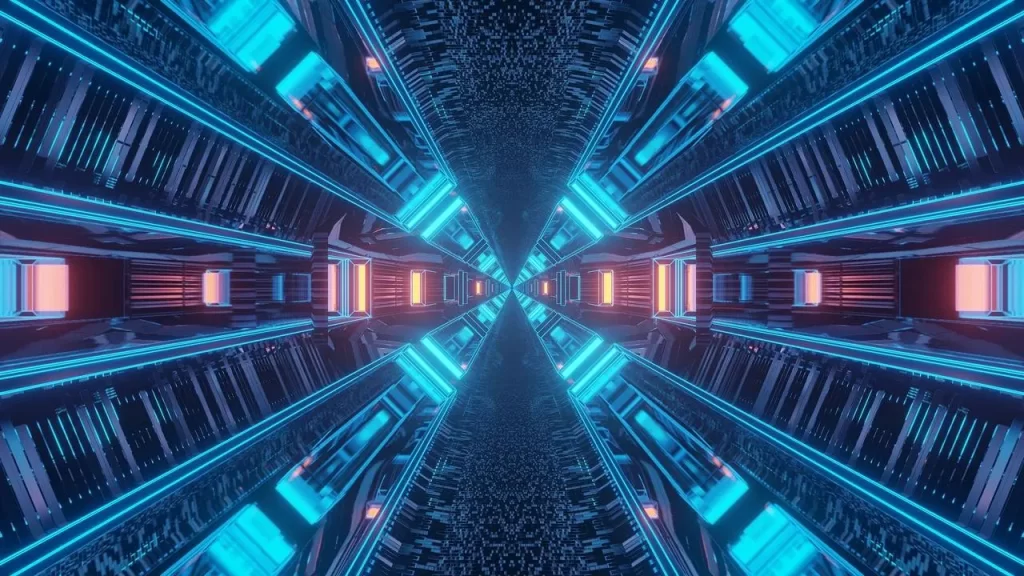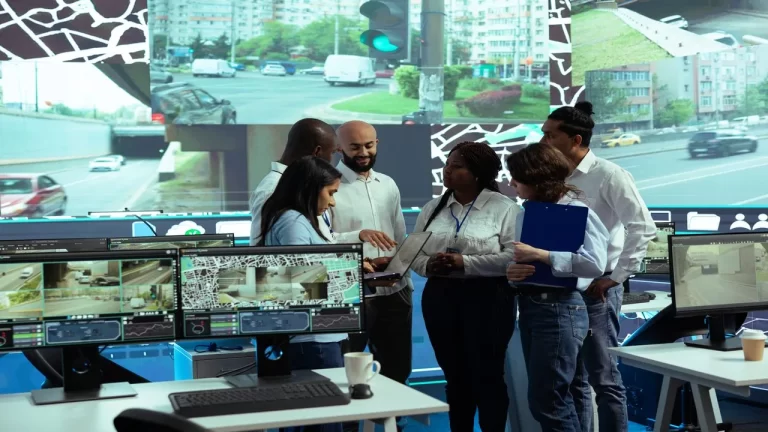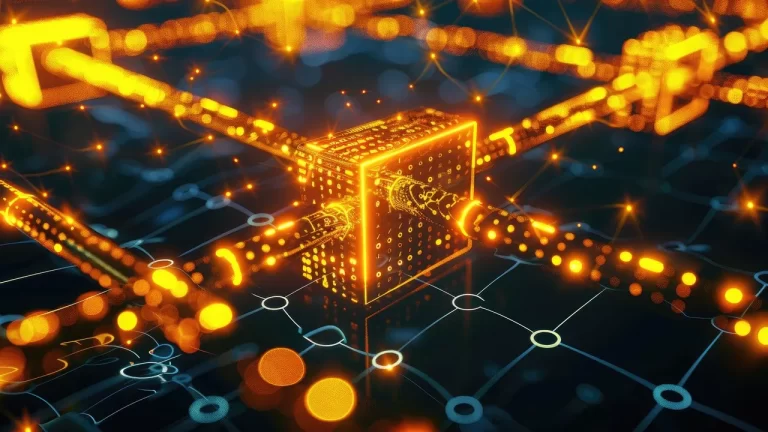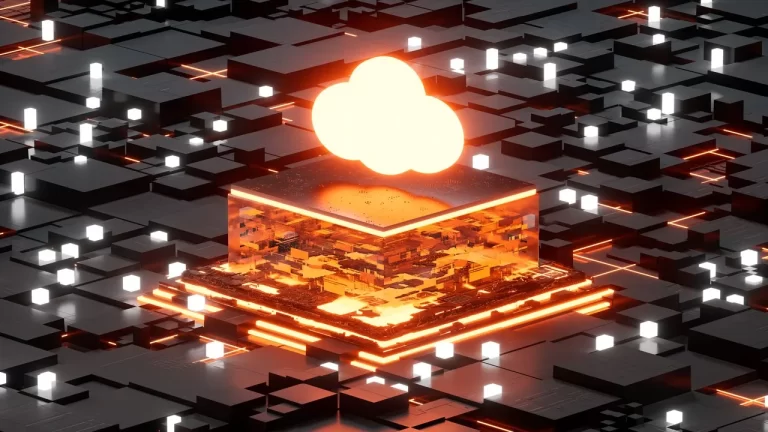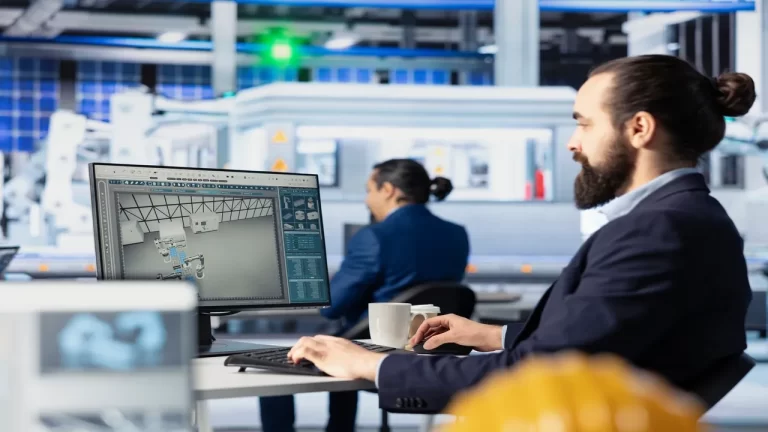In the current world, where a huge number of companies activities depend on the digital platform, data centers have been recognized as high-power consumers. These facilities which are critical for cloud computing, AI, and high-performance computing are struggling with the task of dealing with increasingly higher heat use from the advanced chips. The current conventional methods used in the removal of heat, including air and liquid cooling, are becoming less effective and more energy-consuming.
The Advent of Laser Cooling
MXL Labs, a company founded in photonic engineering, has presented a new laser cooling technology that will significantly change the methods of thermal management of data centers. It follows the new system, which uses lasers as a cooling mechanism aimed at minimizing the heat in hotspots which conventional cooling methods usually struggle to manage effectively.
Compared to most conventional cooling systems that employ moving parts or fluid, the cooling in MXL is done by laser, which makes the appliance less susceptible to fluid leaks or mechanical breakdowns. In addition, the technology functions as a cooling system that in addition to extraction of the heat converts it into light that can be regained back into the data center thereby improving the power utilization efficiency.
Jacob Balma, MXL Labs’ CEO, said that they have every reason to believe that their prototype is going to be 200 percent faster than the latest NVIDIA or AMD hardware; in addition to that it is going to be 40 times more efficient than most liquid cooling systems.
Addressing the Energy Challenge
Cooling systems are widely known to be accountable for up to 40% of energy use within a data center. There is 2% of US power usage by the data centers and this is expected to increase due to the increasing popularity of the data services.
The U.S. Department of Energy (DOE) has realised that the cooling systems need to become more efficient in near future. Currently, the DOE has dedicated $40M through its Advanced Research Projects Agency-Energy (ARPA-E) for 15 projects under the COOLERCHIPS program for developing novel high-performance, energy-efficient cooling systems of data centers.
These objectives are in line with the principles of sustainability, and MXL Labs laser cooling technology can bring improvements on this matter because it could help to possibly decrease the amount of carbon usage of data centers.
Comparative Innovations in Cooling Technologies
While laser cooling is a big step forward, there are several other smart cooling methods that are also gaining attention in the data center world.
One of them is immersion cooling. In this method, servers are placed directly into special fluids that don’t conduct electricity. These fluids as compared to air transfer heat more efficiently or in other words, dissipate the heat. A good example is that of NTT data center which is in Navi Mumbai India where they have tried to adopt the immersion cooling to cut power use and increase server density.
Another promising idea is hybrid cooling systems. Scientists at the University of Missouri are working on a system that combines two different ways to move heat—capillary action (how water moves through a sponge) and mechanical pumping. By using both together, they hope to cool computers faster while using less energy overall.
Then there’s microjet liquid cooling, developed by a company called Nexalus. This technique is to spray liquid directly onto the chip’s Glowing hotspots through thin streams of liquid. These areas can be cooled rapidly with the aid of the geothermal technology and the heat thus produced can be utilized in other processes such as heating buildings or water making the technology more environmentally friendly.
Lastly, some companies are focusing on improving airflow inside data centers. A company called Forced Physics is creating systems that guide air through servers in a more efficient way. Their solution doesn’t use any fans or liquids and could cut cooling energy use by up to 90%.
All of these technologies demonstrate that there are more than one ways of cooling a data centre. Rather, each of them has it is advantages and using all of them, they are progressing towards making the industry more environment friendly and efficient.
Implications for the Future
The incorporation of laser cooling concept has the potential of revolutionalising the electricity use of an ordinary data center. This method does not only improves the extent of operation but also addresses the heat issue that occurs at the chip level thereby improving energy efficiency.
In addition, since laser cooling is a solid-state system, thereby comes with reduced problems of failure during operations making it a perfect solution for the increasing needs for cooling in digital systems.
With the increasing geographical size of data centers, the use of such innovative cooling systems shall be highly useful in reducing the effects on the environment and addressing sustainability goals.
Conclusion
The laser cooling innovation from MXL Labs marks major progress toward the development of a sustainable data center. This technological innovation delivers an environmentally beneficial, scalable, and efficient method to manage thermal issues at the micro level in the digital age.
The industry’s future success depends on its acceptance of this innovation to address technological growth needs alongside environmental sustainability needs.

